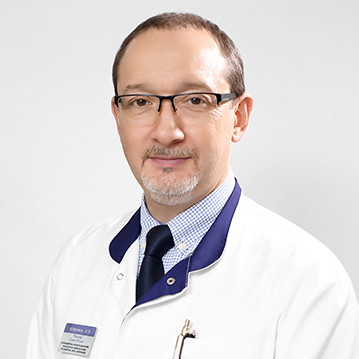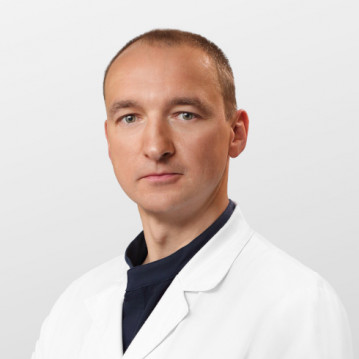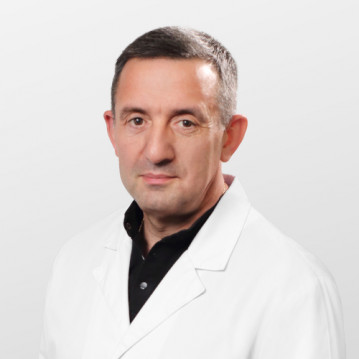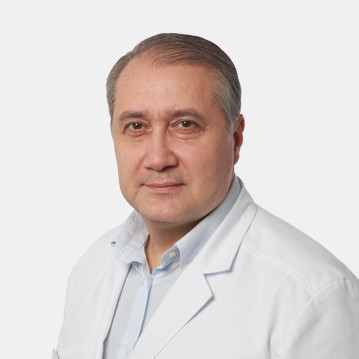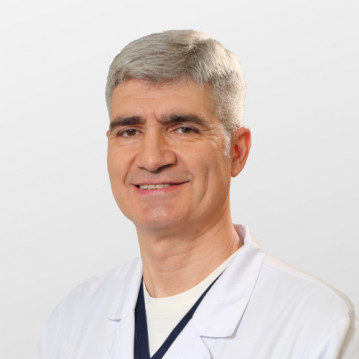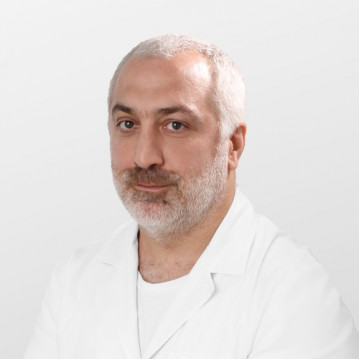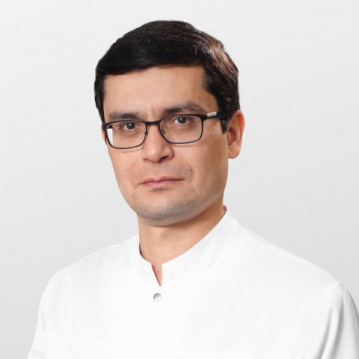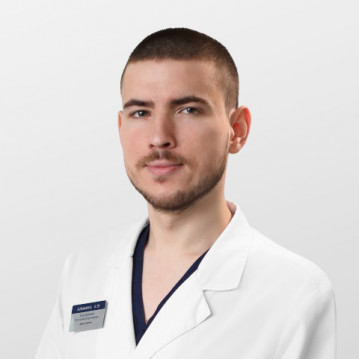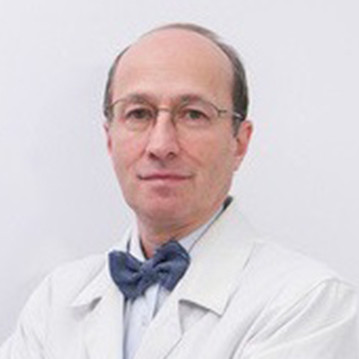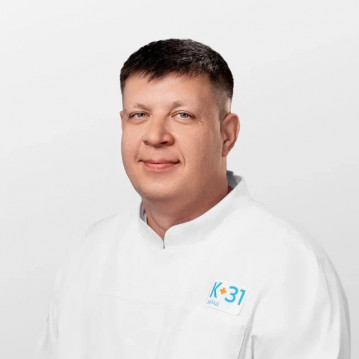The curvature of the penis is an erectile deformity caused by disproportionate anatomical structures of the penis and a decrease in tissue elasticity. When excited, the penis is not stretched intensively enough, which leads to the deflection of the organ from the straight axis towards the lesion. In most cases, the pathology is not accompanied by pain or specific discharge. Only a doctor can diagnose the disease, so men are advised to visit a urologist annually for preventive purposes.
Specialists of the multidisciplinary medical center "K + 31" are engaged in the diagnosis and treatment of erectile deformity. Thanks to high professionalism and expert equipment, doctors completely eliminate the cosmetic defect and restore the sexual function of the penis.
Disease classification
Depending on the causes of occurrence, the deformation is divided into two types:
- innate;
- purchased.
Congenital deformity is detected at the age of 10-14 years, during puberty. A curved member indicates an underdeveloped protein shell, which provokes a disproportionate development of the corpora cavernosa. The most common is lateral congenital curvature.
Acquired curvature of the penis can cause Peyronie's disease. Pathology occurs due to the appearance of fibrous plaques in the protein shell of the organ. The disease does not adversely affect ejaculation and does not complicate urination, but significantly impairs the quality of sexual life.
Pyronie's disease is diagnosed in 0.6-1 case per 1000 patients aged 30 to 55 years. Sudden positive dynamics is observed in approximately 12% of men, in 65% of patients the condition remains at a certain level, in 25-30% the pathology provokes complications.
In Peyronie's disease, a penis can take three forms:
- Ventral - the head is directed downward when excited. The man is worried about the pain syndrome.
- Dorsal - with an erection, the head is directed upwards. This form is diagnosed more often than others.
- Lateral - the most rare form, in which the penis deviates to either side.
Sometimes fibrotic changes affect all parts of the penis at the same time. In such cases, it becomes smaller in size or narrows, becoming like an hourglass.
By the nature of the course, Peyronie's disease is of two types:
- Acute - the disease develops due to inflammation in the protein membrane of the cavernous bodies. Lasts from 3 months to 1.5 years. It is characterized by a gradual curvature of the penis, pain during erection and discomfort in the genitals, even in a calm state.
- Chronic - accompanied by calcification of fibrous plaques, the cessation of their increase in size. On palpation, there is a seal on the shaft of the penis.
Pyronie's disease is characterized by rapid progression. If you do not visit a doctor in the early stages, then surgery will be required to treat significant damage to the penis.
Curvature of the penis: causes of pathology
The factors for the development of congenital deformity include:
- shortened urethral canal;
- low initial concentration of sex hormones during prenatal development;
- strong stress and anxiety of the mother;
- taking hormonal medications;
- alcohol abuse and smoking during childbearing.
It is also possible for boys to have undescended testicles, which can ultimately contribute to penile deformity.
The reasons for the development of acquired curvature of the penis include:
- atherosclerosis;
- diabetes mellitus;
- connective tissue diseases;
- arterial hypertension;
- bruises, dislocations, penis infringements;
- hereditary predisposition;
- metabolic disorders;
- injection of drugs into the cavernous bodies or under the skin of the penis;
- diseases of the urinary organs.
Often, autoimmune disorders, such as systemic lupus erythematosus, lead to the development of acquired deformity. Myocardial pathology is also a risk factor.
Symptoms of curvature of the penis
At an early stage, the disease proceeds without any symptoms. Clinical signs are mainly manifested by the appearance of fibrous plaques. In addition to a noticeable deformation of the penis, a man has the following symptoms:
- painful sensations during arousal, during intimacy and rest;
- large or small indurations felt on palpation;
- reduction of girth, appearance of a dent on the trunk;
- erectile dysfunction;
- stretching of the skin in the area of large plaques.
Pathological curvature leads to increased sensitivity of the penis, making it difficult to insert it into the vagina. Due to emotional tension and psychological discomfort, the quality of life of the patient worsens, which can lead to a complete rejection of intimacy.
Possible complications
Erectile deformity threatens with serious complications. Seals that occur during the growth of fibrous tissue can compress blood vessels and worsen the blood supply to the cavernous bodies. When excited, these areas become denser, and salts are deposited in places of impaired nutrition. In the future, the man develops erectile dysfunction, which is accompanied by a stable pain syndrome. In the absence of treatment, impotence, leading to a depressive state, is not excluded.
